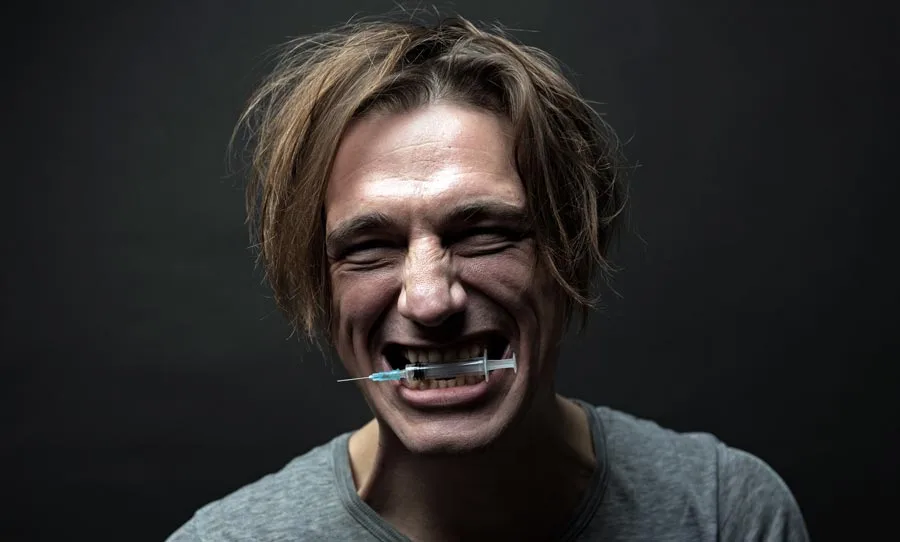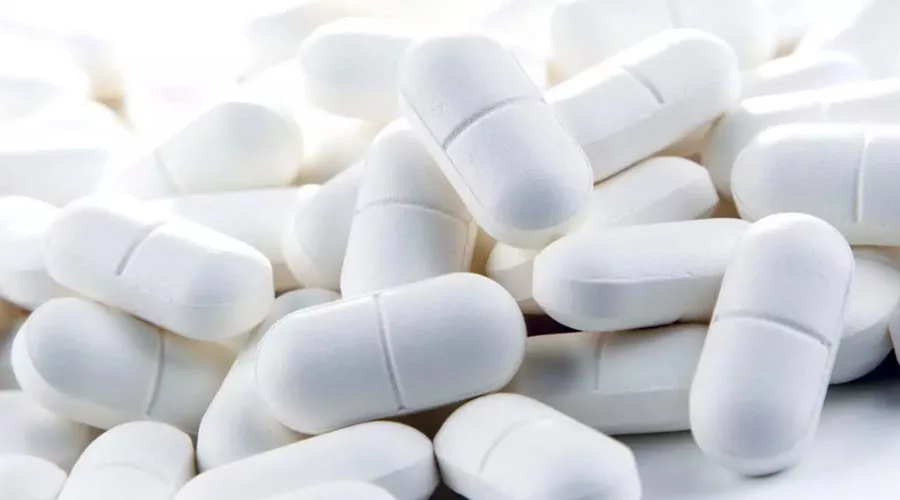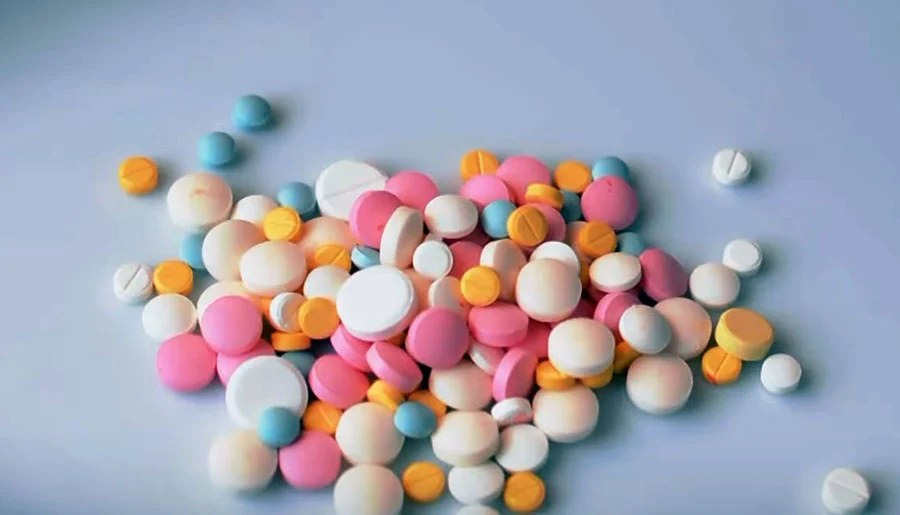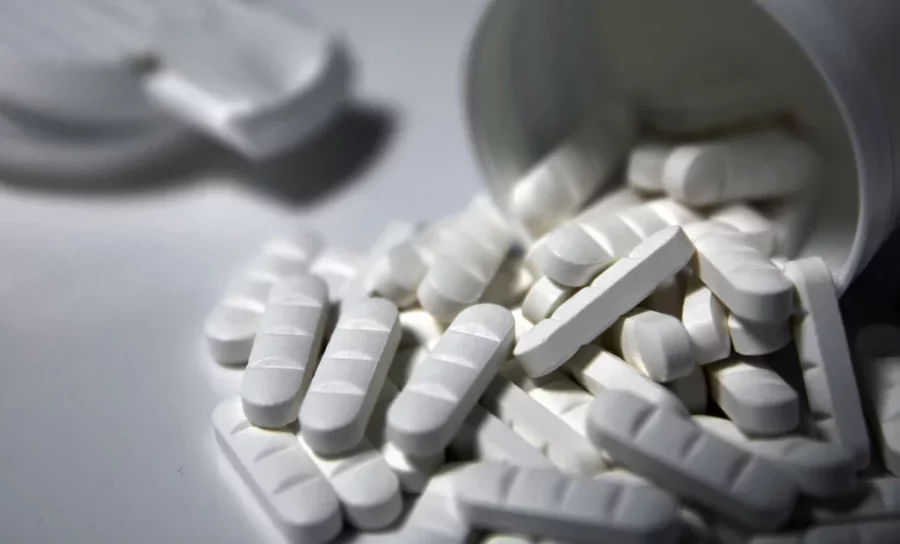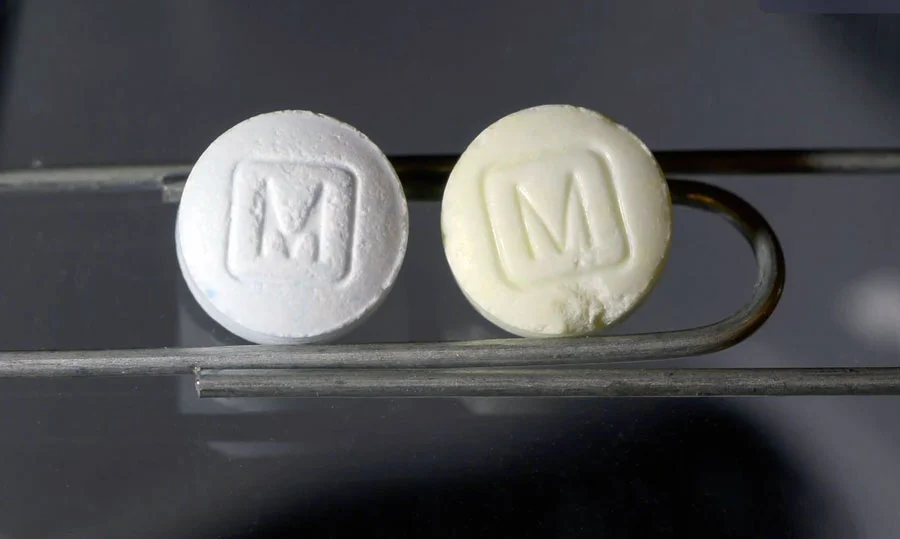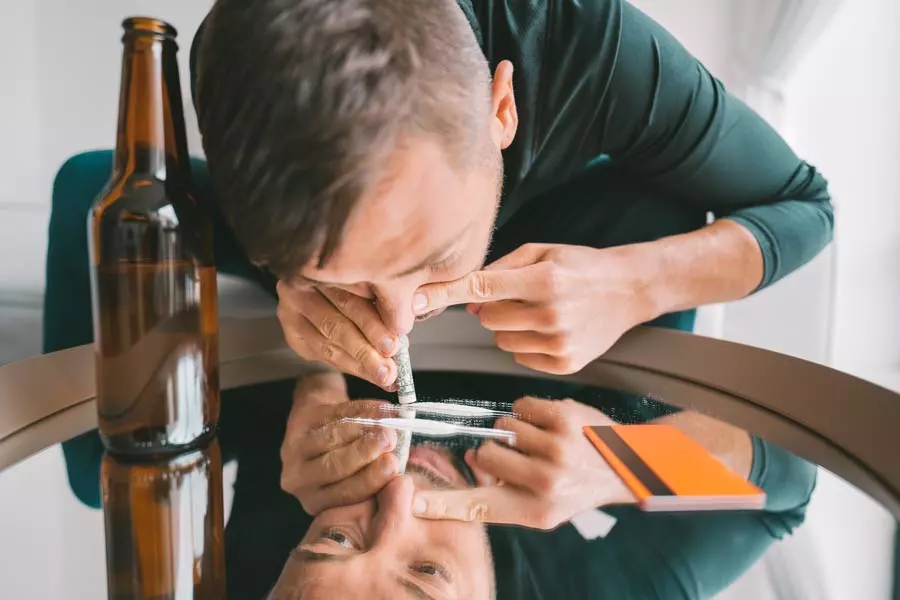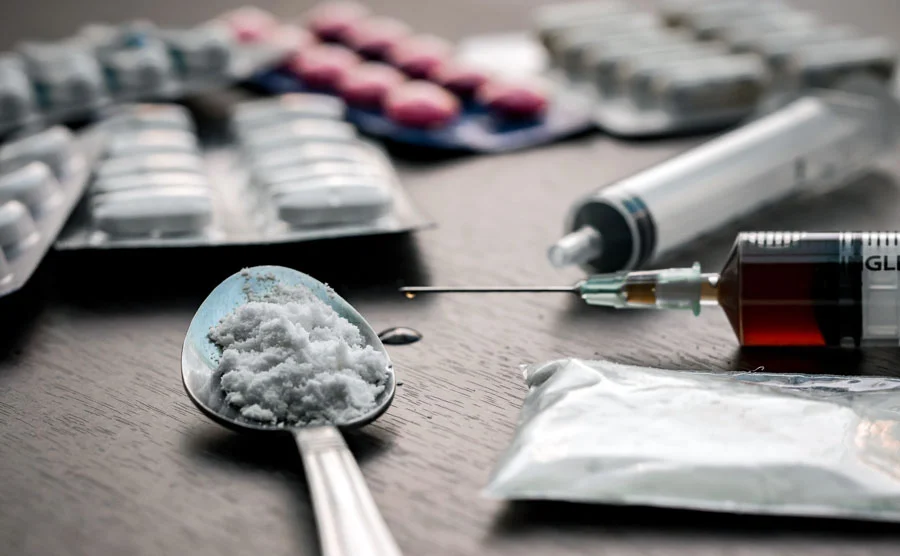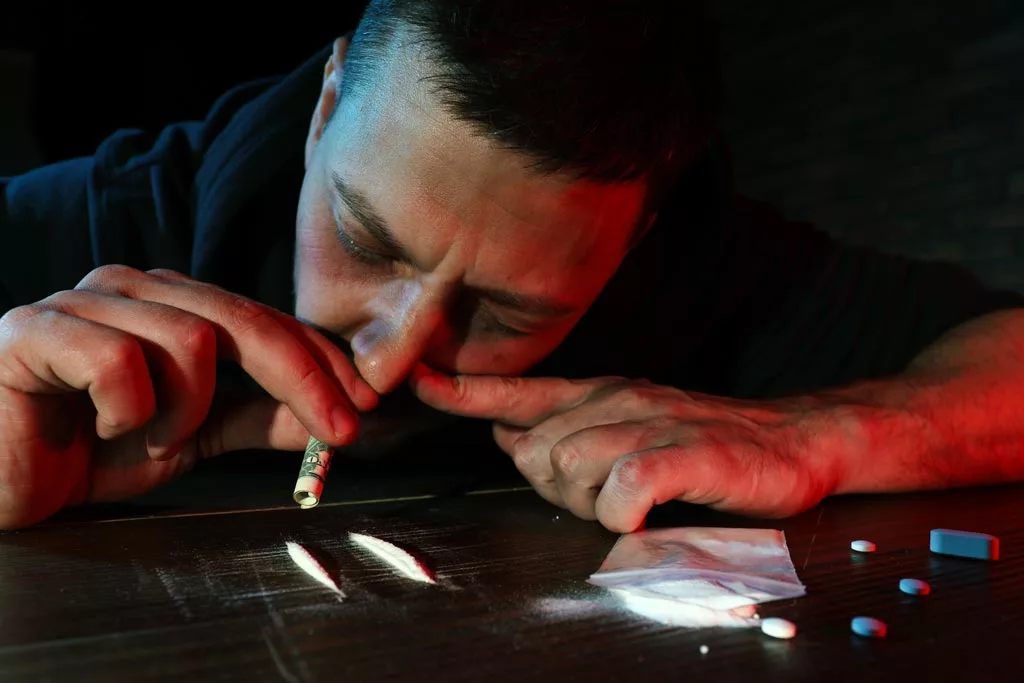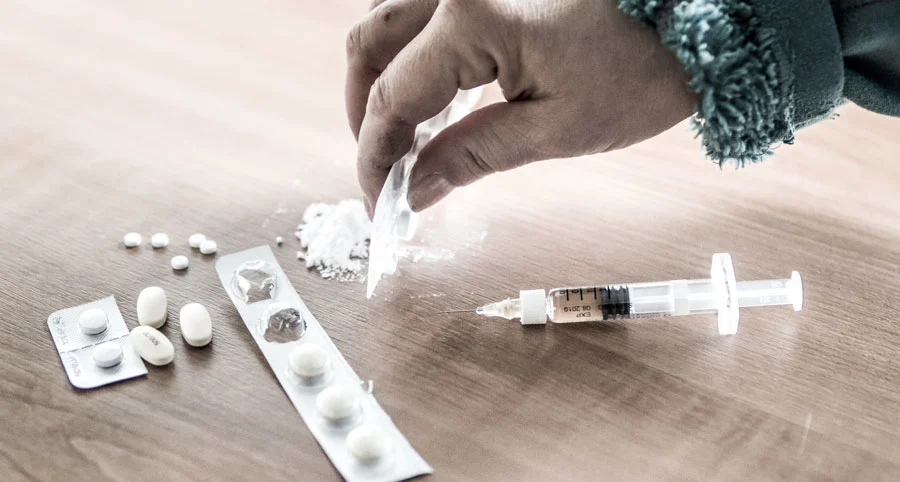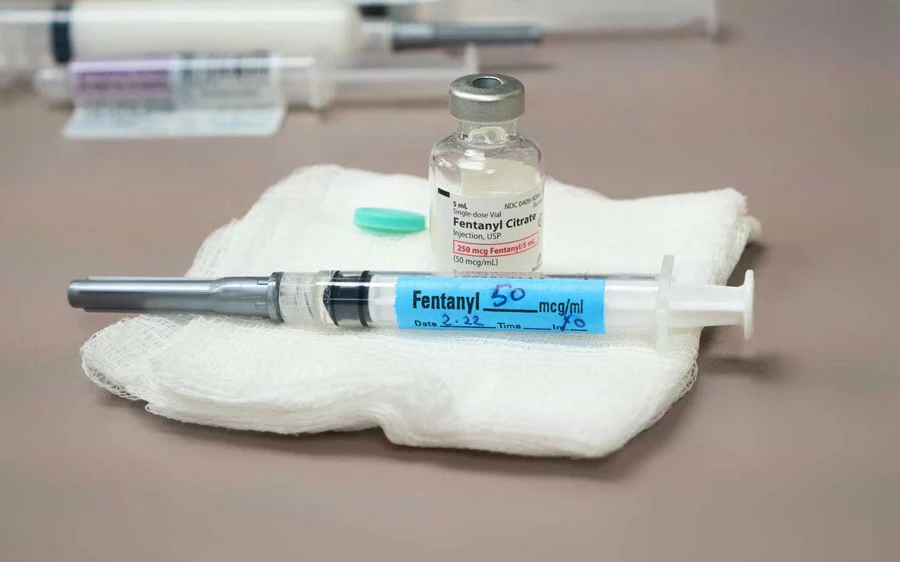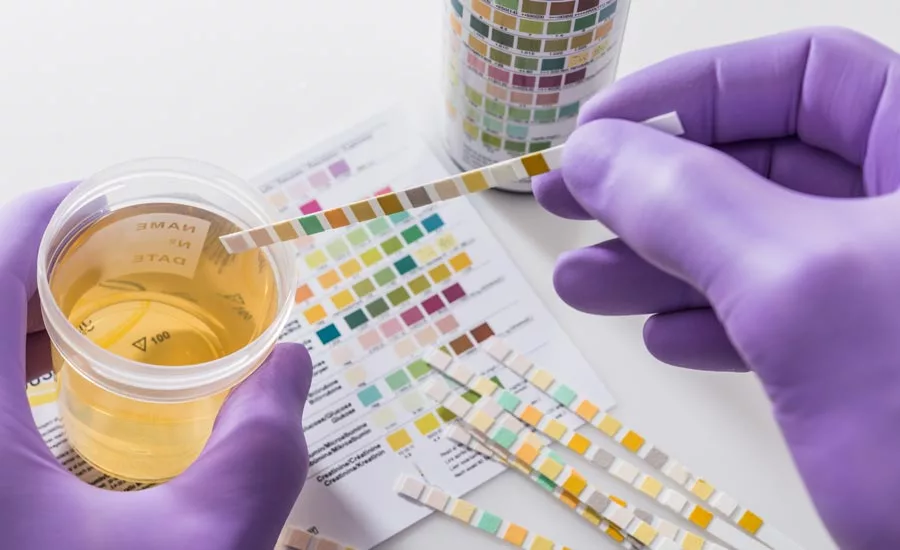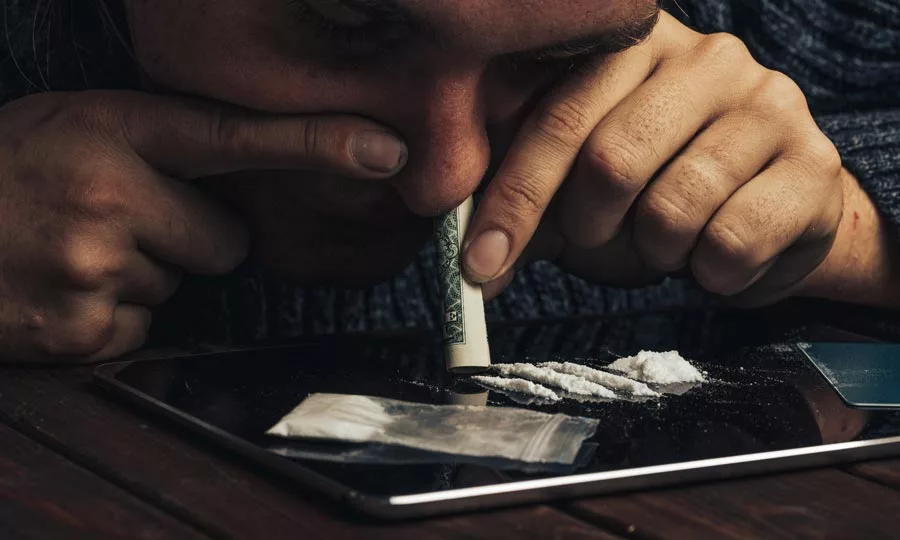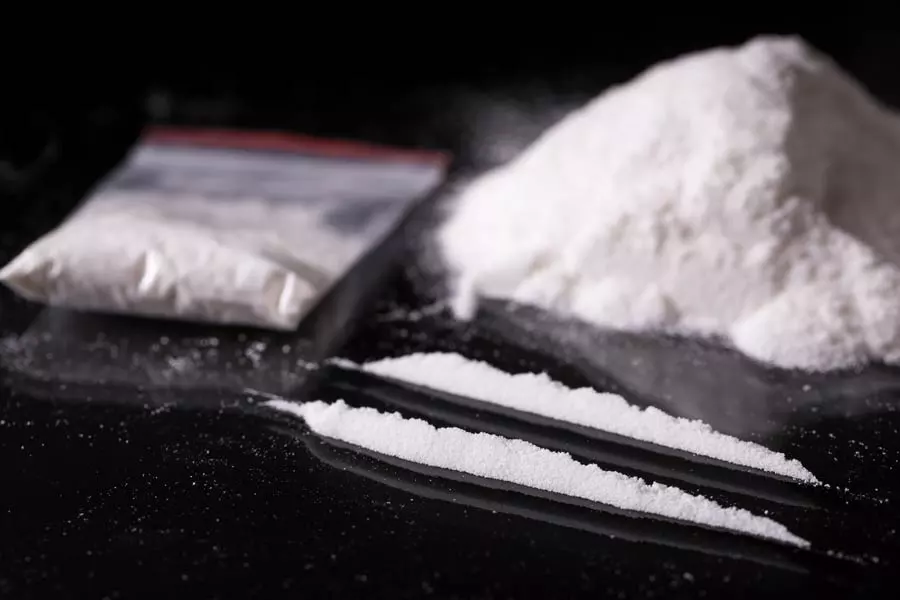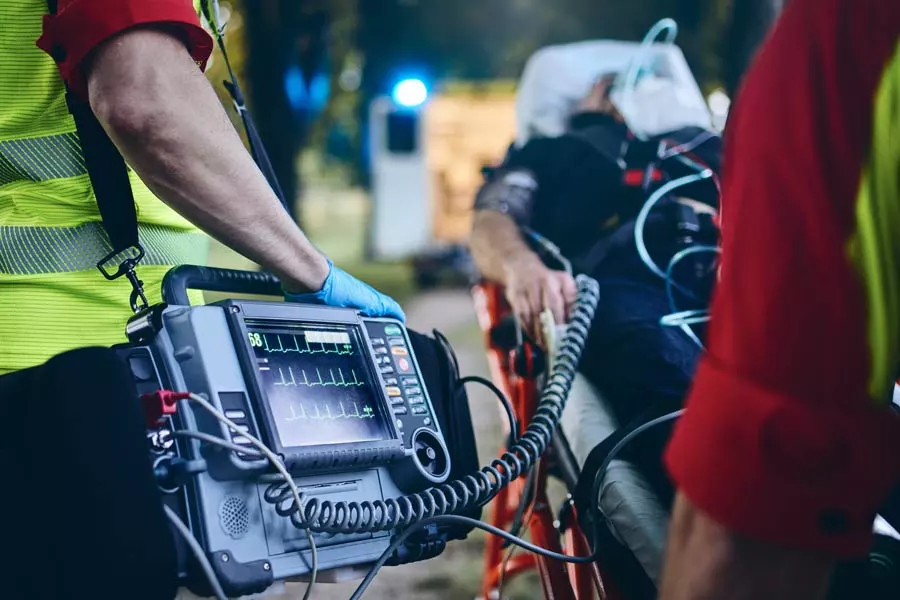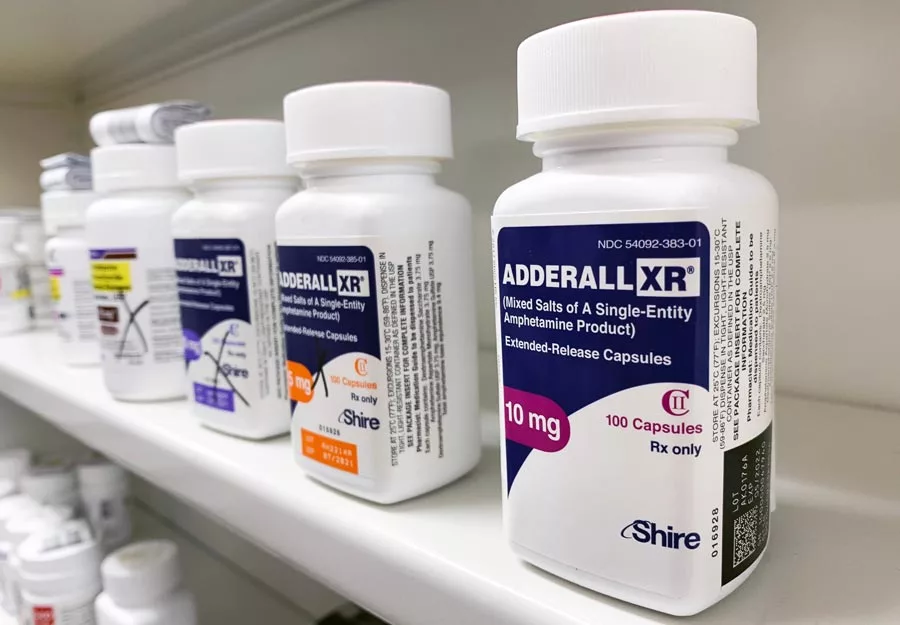Most people are familiar with the psychological effects of cocaine, like intense euphoria and an increase in energy. These eventually lead to mood swings, dependence, and addiction, which devastate the life of the user. But there are also the less recognized physiological effects. One of these is coke jaw, an issue that can affect more than 5.2 million people who’ve used cocaine in the US in recent years.
So, what is coke jaw? Are there ways this can be avoided or treated? Best Rehabs In Arizona has shared a guide that dives deeper into coke jaw, its symptoms, and some common misconceptions about the issue. Keep reading to learn more.
What Is Coke Jaw?
Coke jaw is a slang term that’s used to describe the uncontrollable jaw movements of a cocaine user. This can include clenching and erratic side-to-side movements. Since the mouth is not designed to endure these constant mechanical movements, coke jaw often causes many other issues.
How does it happen?
Why does drug abuse cause unusual behavior in the first place? Keep in mind that cocaine directly affects the central nervous system or CNS. Coke is a powerful CNS stimulant taken that speeds up activity in the brain as well as exciting physical reactions.
This results in sporadic and uncontrolled movements that are commonly associated with cocaine abuse and coke jaw.
When is it not coke jaw?
Not all erratic or involuntary movements of the jaw are caused by substance abuse. Some of them are the effects of certain neurological disorders like cranial dystonia and Tourette syndrome.
So, if you see a loved one with uncontrolled jaw movements, it’s best not to jump to conclusions yet. If there aren’t any other signs of cocaine addiction or cocaine use, then it might be something else altogether. Be sure to look over our other resources on signs of addiction in a loved one before beginning a conversation with someone you think might be experiencing jaw issues caused by cocaine.
The Effects of Coke Jaw
Constant jaw movement will often result in other problems. Here are other signs and symptoms of coke jaw that can eventually ruin a person’s quality of life:
Temporomandibular Disorders
Temporomandibular disorder (TMD) is an umbrella term for various issues associated with the jaw and the joint connecting it to the skull. These are usually problems of the bone and not soft tissues, so they are harder to treat and take longer to heal. TMDs are some of the most common issues among cocaine users.
TMDs often result in limited use of the mouth, which makes eating difficult. This further aggravates the weight loss that many experience. In addition, temporomandibular conditions can cause chronic and severe headaches, tender facial muscles, and joint pain.
Teeth Grinding Disorder or Bruxism

Excessive teeth grinding, or bruxism, is another symptom of coke jaw. It’s one of the oral motor parafunctions heightened by cocaine use; those who already have bruxism might feel their symptoms worsen. Over time bruxism can cause severe damage if left untreated.
While most people wouldn’t see an issue here, teeth grinding actually deteriorates the enamel if left unchecked. That can lead to issues like:
- Cavities: The exposed enamel makes it easier for bacteria and acidic substances to create dental caries, or tooth decay.
- Brittle or Broken Teeth: Excessive teeth grinding also weakens the enamel and makes it more susceptible to cracks and chips.
- Dental Attrition: This happens when the teeth wear out because of constant friction. Because of this, teeth have a flat and uniform appearance that looks unnatural.
Jaw Pain
Constant movement on the jaw will put stress on the bone and joints. Clenching is also a concern since a person can do this subconsciously while under the effects of cocaine. This is tied to the anxiety that people experience because of the overwhelming energy they get from the drug.
When we’re anxious, we clench our jaw. It’s one of the most common bodily mechanisms associated with this feeling. Of course, prolonged clenching will only put undue pressure on the jaw. This results in jaw pain, which can last even after cocaine leaves your system.
Constant pressure on the jaw can also lead to the possibility of fractures and dislocation, a painful condition that can require surgery to effectively correct.
Coke Jaw vs Coke Mouth
While often lumped together, coke mouth and coke jaw are two different things. Coke mouth is a more encompassing slang term for all oral issues associated with coke addiction. This also applies to the throat, teeth, and gums. Here are some of the common issues associated with coke mouth:
Gum Disease or Periodontal Disease
Rubbing cocaine on the gums is one of the most common ways to ingest the substance. Because of this method, many cocaine users experience problems with their periodontal tissue or gums. They can experience rapid gingival recession or receding gums, which eventually result in tooth loss. There’s nothing left to hold the molars in place.
Habitual cocaine use can also have necrotizing effects on the gums. In other words, the tissue starts to decay and causes a host of other problems like infections and bad breath.
Dental Erosion/Tooth Decay
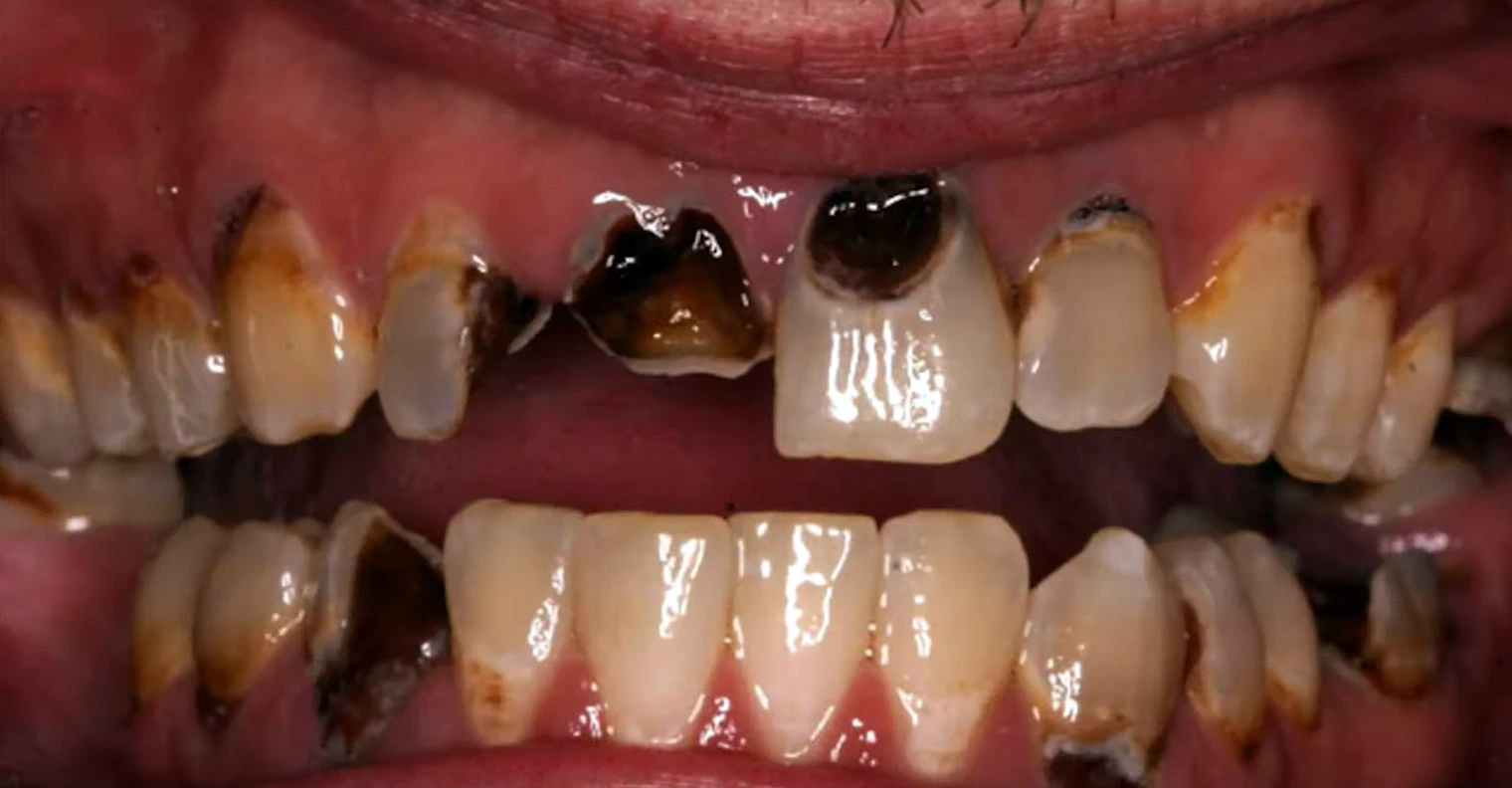
We’ve already mentioned how tooth decay can result because of coke jaw. But cocaine itself is a highly acidic substance that erodes the teeth’s enamel. Not to mention that coke is often cut with powerful solvents such as acetone.
The chemicals in cocaine adulterants can magnify the damaging effects of the drug itself , which makes users more susceptible to tooth decay and missing teeth. In severe cases, a person may lose all their teeth.
Other substances that may be added to cocaine can also contain bacteria and unknown agents that further exacerbate the physical effects on the hard tissue in your mouth and jawline.
Palatal Perforation
One of the most concerning long-term effects of taking cocaine orally is oral palate perforation. This is when the upper palate of someone’s mouth starts deteriorating, resulting in ulcerations or holes. These openings can increase the risk of infections and make eating, speaking, and swallowing extremely painful and difficult.
Heavy drug use often results in these oral problems, but it’s not too late to recover from it. There is a ray of hope for families and individuals who suffer from substance abuse.
Is Coke Jaw Caused by Cocaine Abuse Treatable?
Yes! There are plenty of ways to treat coke jaw, but the most effective method is to correct the root cause of the problem: cocaine use. Preventing people from accessing and taking the drug is the surest way to treat coke jaw, gum disease, dental erosion, and other problems that all stem from cocaine use.
Medical Detox
Medical detox is one of the treatments we offer at Best Rehabs In Arizonas. It’s a two-step process that helps clients remove all traces of cocaine in their system and deal with withdrawal comfortably.
Our team is equipped with the knowledge and tools to help stabilize your condition and get ready for primary treatment.
Inpatient Rehabilitation
An inpatient rehabilitation program is a form of cocaine addiction treatment that helps clients completely recover from substance abuse. At Best Rehabs In Arizona Recovery Center, you or your loved one can enroll and receive the treatment, counseling, and support they need.
Support Groups

Joining support groups is one way to share your struggles and process your experience. Such groups foster a risk-free and safe environment where people can talk about their stories and coping strategies, whether it’s for their oral health or for preventing a relapse.
Cocaine Addiction Treatment and Rehab
Coke jaw is only a small part of a bigger problem. So, if you’re starting to feel this symptom as well as other indicators of oral health deterioration, make the right choice and attend a recovery center. Recognizing that you need help is the first step.
If your loved one is showing signs of coke jaw and other indicators of cocaine use, it will be difficult at first to convince them to get the help they need. Bringing up the idea of rehabilitation may be difficult, but you’ll need to have an honest conversation with them and allow them to consider the idea of treatment.
Interventions shouldn’t be antagonistic. Instead, show them that you care and that you want them to feel better. If you need help with speaking to a loved one about their drug use, reach out today to Best Rehabs In Arizona and we can help get the dialogue started and address any concerns they (r you) might have regarding treatment.
Contact Best Rehabs In Arizona
If you or a loved one is battling cocaine addiction and would like to get the help they need, talk to us. We’re an established treatment center with facilities in Colorado and Arizona. With our team of expert counselors and compassionate medical professionals, we’ll be able to provide what our clients need the most.
Contact us today for a confidential call and get started on the path to recovery now!

